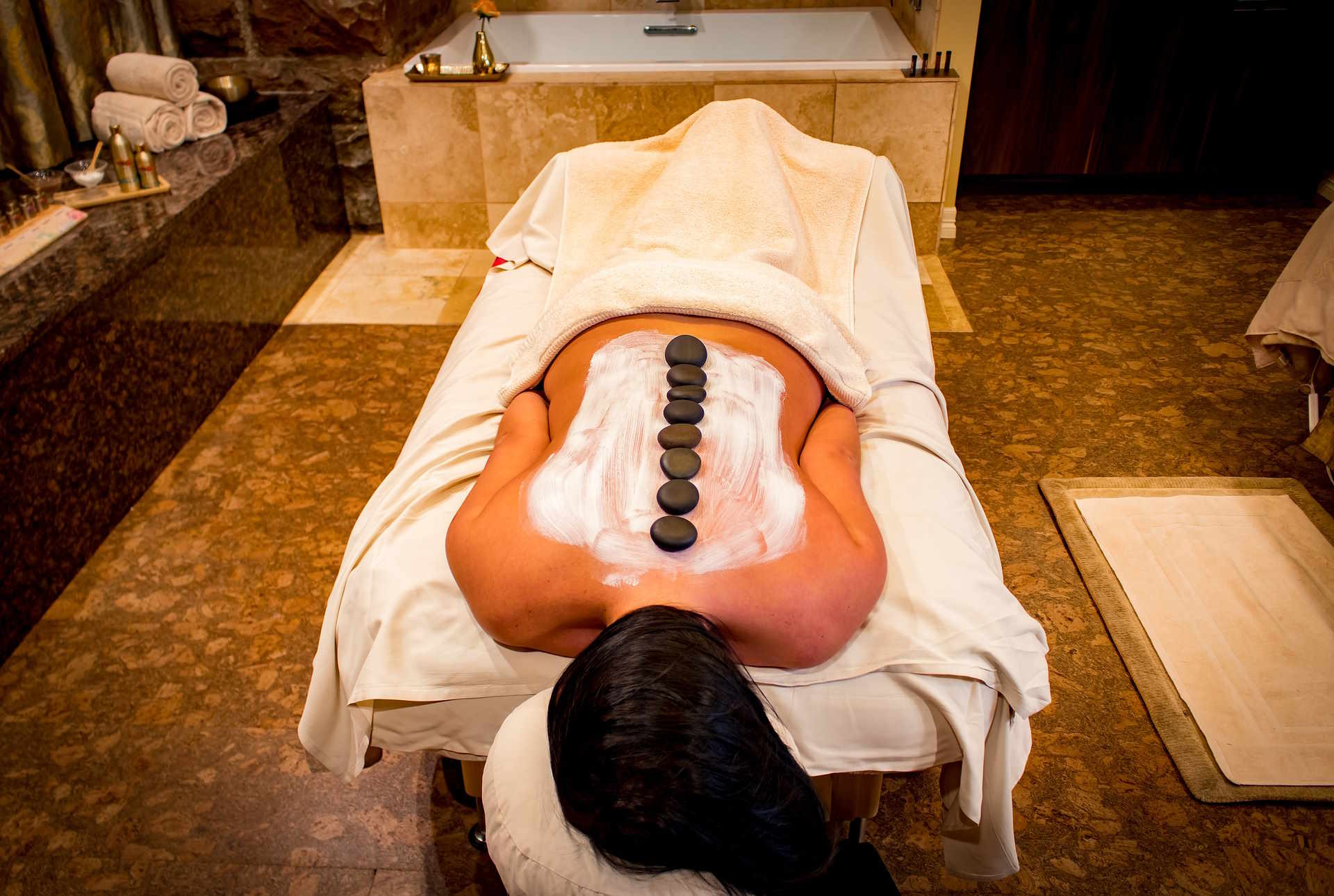Unveiling the Health Potential of Blue Zones: Longevity Secrets from the World's Healthiest Regions
The quest for a longer, healthier life isn't a new concept. For centuries, humans have sought the secrets to longevity, often turning to mystical tales of fabled fountains of youth or elusive elixirs of life. In the 21st century, however, this quest has taken a decidedly scientific turn. Enter the Blue Zones, five geographic regions around the world where people live significantly longer and healthier lives.

The Concept of Blue Zones
The term ‘Blue Zones’ was first coined by National Geographic Fellow and author Dan Buettner, who along with a team of researchers, identified five regions that boasted the highest concentration of centenarians (people who live to 100 or beyond). Located in Ikaria, Greece; Sardinia, Italy; Okinawa, Japan; Nicoya, Costa Rica; and Loma Linda, California, these regions offer intriguing insights into the role of lifestyle factors in longevity.
The Blue Zone Practices: A Blend of Tradition and Science
The inhabitants of Blue Zones don’t have access to some secret potion for longevity. Instead, their lifestyle practices, deeply rooted in their traditional cultures, appear to be key. These include a predominantly plant-based diet, regular physical activity, strong social networks, and a clear sense of purpose. Interestingly, these practices are now being validated by modern scientific research as being crucial for health and longevity.
The Power of the Plant-Based Diet
All Blue Zones share a common dietary thread - a focus on plant-based foods. The consumption of fruits, vegetables, whole grains, and legumes is high, while meat and processed foods are limited. This aligns with a growing body of evidence suggesting that plant-based diets can help prevent many chronic diseases and boost lifespan.
The Role of Physical Activity
Physical activity is another cornerstone of the Blue Zones lifestyle. However, it’s not about hitting the gym or running marathons. Instead, it’s about natural movement incorporated into daily life - whether it’s walking to the market, gardening, or performing household chores. This form of physical activity, known as NEAT (Non-Exercise Activity Thermogenesis), is now recognized as a significant factor in maintaining a healthy weight and preventing disease.
Insights and Actions for Longevity
-
Incorporate more plant-based foods into your diet. This doesn’t mean you have to go completely vegetarian, but try to make fruits, vegetables, whole grains, and legumes the stars of your meals.
-
Build physical activity into your daily routine. Look for ways to move more in your everyday life, whether it’s taking the stairs instead of the elevator or gardening.
-
Cultivate strong social networks. Relationships play a crucial role in our mental and physical health. Make time for family, friends, and social activities.
-
Find your ikigai. This Japanese term, which roughly translates to “reason for being”, is all about having a clear sense of purpose in life.
The Blue Zones Blueprint: A Path to Healthier, Longer Life
The lessons from the Blue Zones don’t offer a magic formula for living to 100, but they do provide a blueprint for a healthier, longer life. By focusing on plant-based nutrition, regular physical activity, strong social connections, and a sense of purpose, we can all move closer to the lifestyle practices that seem to be the secret to the longevity of the world’s healthiest regions. The science is clear—the choices we make today can significantly impact the length and quality of our lives.




